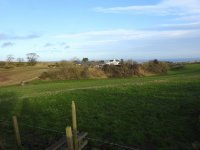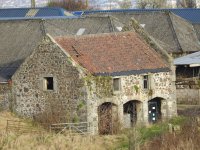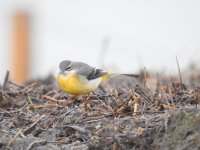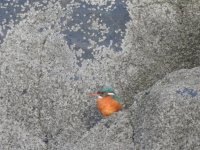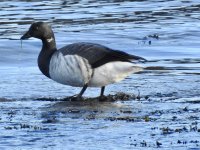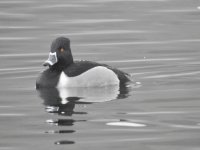So, the Seafield list for 2020 is as follows. 94 species observed, and considering I lost a couple of months in the spring to lockdown, I'll settle for that.
My bird of the year at Seafield is a difficult choice between Lesser Whitethroat, Grasshopper Warbler and Tree pipit. The Grasshopper Warbler is probably the rarest, but it took no effort, as it just hopped out in front of me. Both the L.Whitethroat and the T.Pipit took a bit of hunting down. So, with having found two of them on the patch, my Seafield bird of 2020 goes to Lesser Whitethroat.
And the list is...
My bird of the year at Seafield is a difficult choice between Lesser Whitethroat, Grasshopper Warbler and Tree pipit. The Grasshopper Warbler is probably the rarest, but it took no effort, as it just hopped out in front of me. Both the L.Whitethroat and the T.Pipit took a bit of hunting down. So, with having found two of them on the patch, my Seafield bird of 2020 goes to Lesser Whitethroat.
And the list is...
| Arctic Tern | ||||||
| Bar-tailed Godwit | ||||||
| Black-headed Gull | ||||||
| Black-tailed Godwit | ||||||
| Blackbird | ||||||
| Blackcap | ||||||
| Blue Tit | ||||||
| Bullfinch | ||||||
| Buzzard | ||||||
| Carrion Crow | ||||||
| Chaffinch | ||||||
| Chiffchaff | ||||||
| Coal Tit | ||||||
| Collared Dove | ||||||
| Common Gull | ||||||
| Common Sandpiper | ||||||
| Common Scoter | ||||||
| Common Tern | ||||||
| Cormorant | ||||||
| Curlew | ||||||
| Dunlin | ||||||
| Dunnock | ||||||
| Eider | ||||||
| Fulmar | ||||||
| Gannet | ||||||
| Goldcrest | ||||||
| Goldeneye | ||||||
| Goldfinch | ||||||
| Goosander | ||||||
| Grasshopper Warbler | ||||||
| Great Black-backed Gull | ||||||
| Great Crested Grebe | ||||||
| Great Spotted Woodpecker | ||||||
| Great Tit | ||||||
| Greenfinch | ||||||
| Grey Heron | ||||||
| Grey Wagtail | ||||||
| Greylag Goose | ||||||
| Guillemot | ||||||
| Herring Gull | ||||||
| House Martin | ||||||
| House Sparrow | ||||||
| Jackdaw | ||||||
| Kestrel | ||||||
| Kingfisher | ||||||
| Kittiwake | ||||||
| Knot | ||||||
| Lesser Black-backed Gull | ||||||
| Lesser Whitethroat | ||||||
| Linnet | ||||||
| Long-tailed Duck | ||||||
| Long-tailed Tit | ||||||
| Magpie | ||||||
| Mallard | ||||||
| Meadow Pipit | ||||||
| Mute Swan | ||||||
| Oystercatcher | ||||||
| Peregrine | ||||||
| Pheasant | ||||||

| Pied/White Wagtail | |||||
| Pink-footed Goose | ||||||
| Puffin | ||||||
| Purple Sandpiper | ||||||
| Razorbill | ||||||
| Red-breasted Merganser | ||||||
| Red-throated Diver | ||||||
| Redshank | ||||||
| Redwing | ||||||
| Reed Bunting | ||||||
| Ringed Plover | ||||||
| Robin | ||||||
| Rock Dove/Feral Pigeon | ||||||
| Rock Pipit | ||||||
| Sand Martin | ||||||
| Sandwich Tern | ||||||
| Sedge Warbler | ||||||
| Shag | ||||||
| Skylark | ||||||
| Song Thrush | ||||||
| Sparrowhawk | ||||||
| Starling | ||||||
| Stonechat | ||||||
| Swallow | ||||||
| Swift | ||||||
| Tree Pipit | ||||||
| Tree Sparrow | ||||||
| Turnstone | ||||||
| Velvet Scoter | ||||||
| Wheatear | ||||||
| Whitethroat | ||||||
| Willow Warbler | ||||||
| Woodpigeon | ||||||
| Wren | ||||||
| Yellowhammer |




